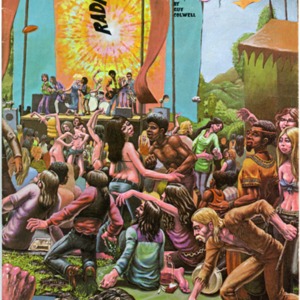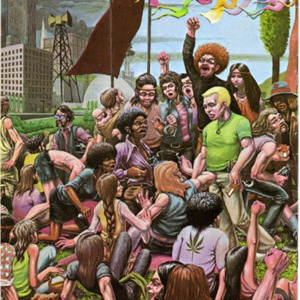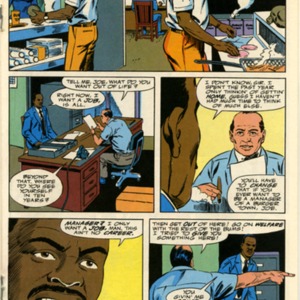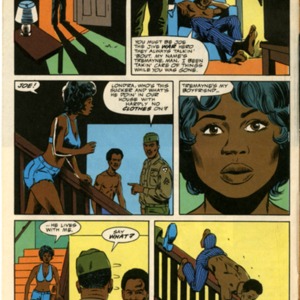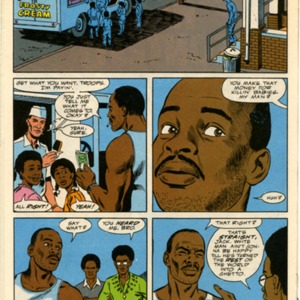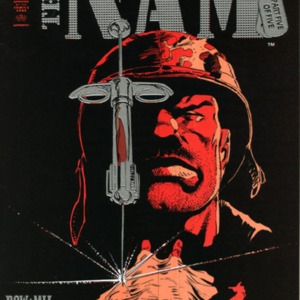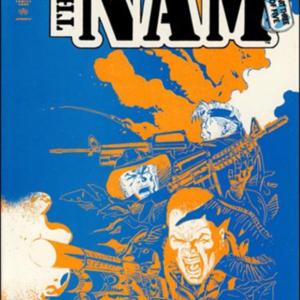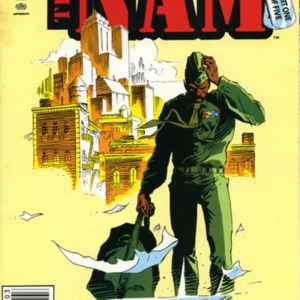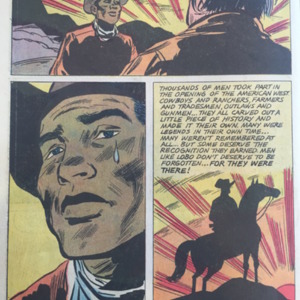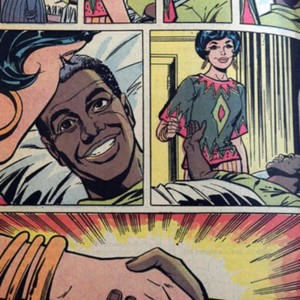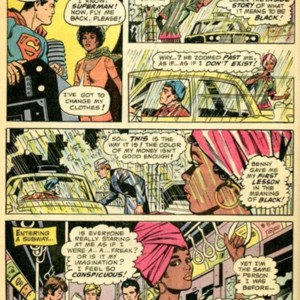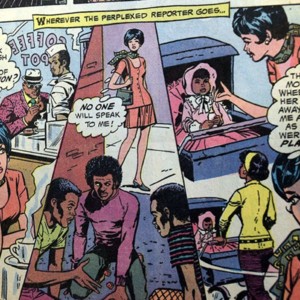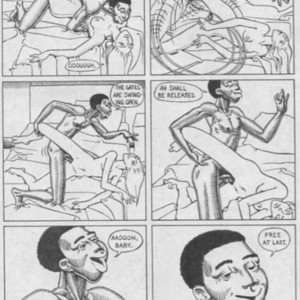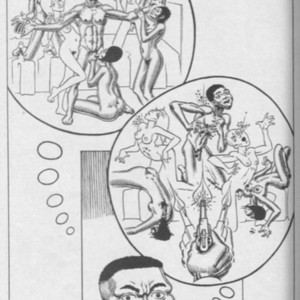The progression of Black representation in comics is another translation of history, life and artistic expression. Comics utilized as sequential art brought life to fictitious narratives or reimagine oral histories passed though time to create a visual understanding. The visual representation of black figures has always had a fine line between artistic license and mockery. However, the black comics discussed in this section each try to reach a varied level of representation to include the different intersections of the black identity. As a form of expression, comics came into vogue in the early twentieth century specifically centering on crime and horror. As the medium began to garner more attention and success, smaller comic strips that were relegated to newspaper prints became larger comic series, and later graphic novels. The juxtaposition of art and text is a form of representation that requires the viewer to analyze what is being depicted in imagery and what is being stated in language. The analyses in this section of Spectacular Blackness range from Marvel Comics representations of black masculinity, to DC Comics reimagining the experiences of black femininity and white femininity. Some of these comics evaluate the optics of queer black figures in and out of the black community through the work of underground comics, while also offering a queering of the form itself. Others inspect the representation of the first black superhero and his relationship to black masculinity as well. Each aspect of this series works to further the conversation about what defines “blackness” in comics and the medium’s racial relationship to the spectacular.
